(394 products available)






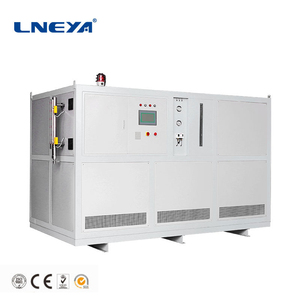
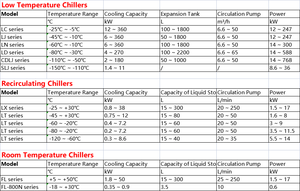











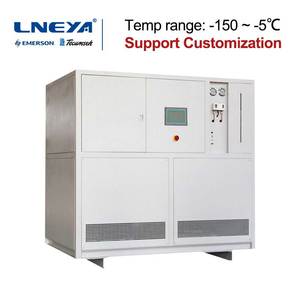





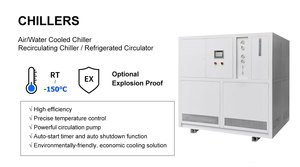







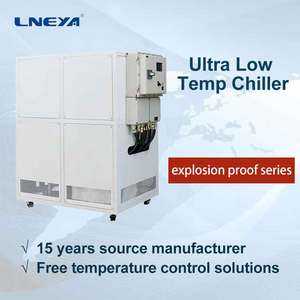


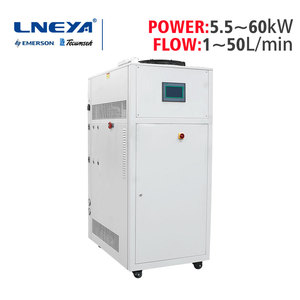


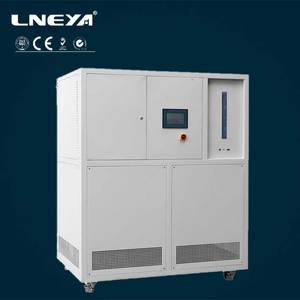







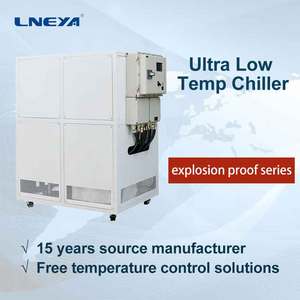
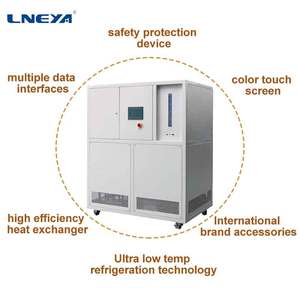




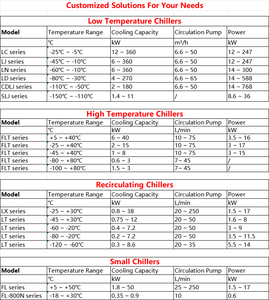

















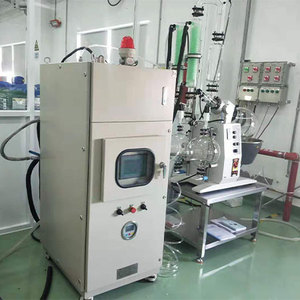
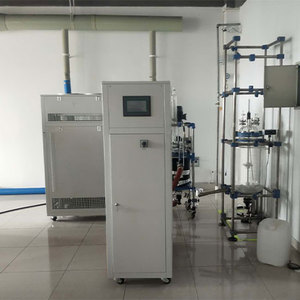


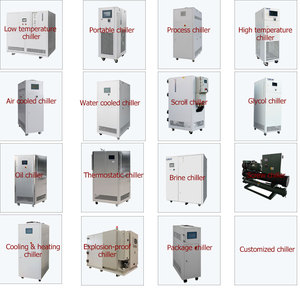


















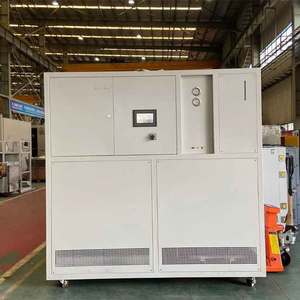







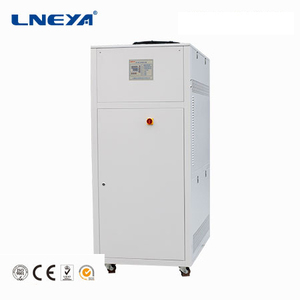










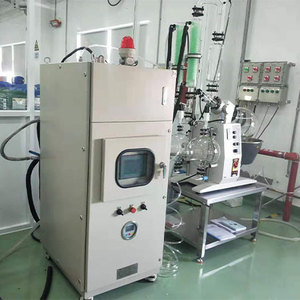







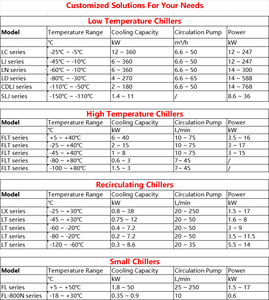















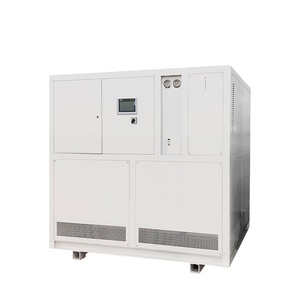




















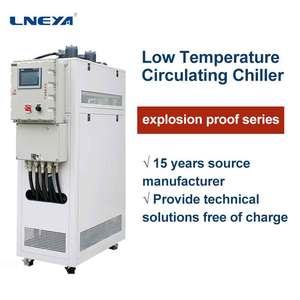


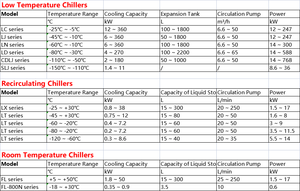

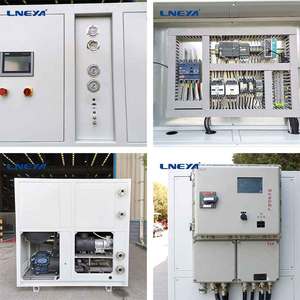



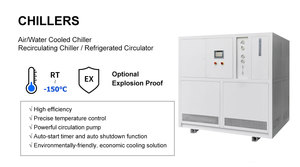
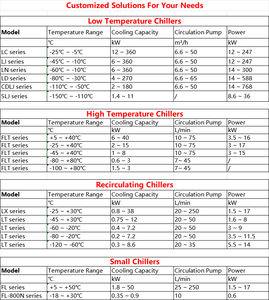



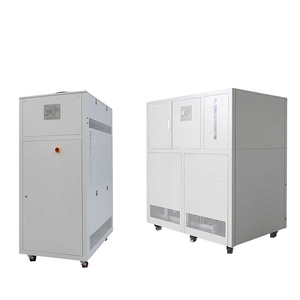


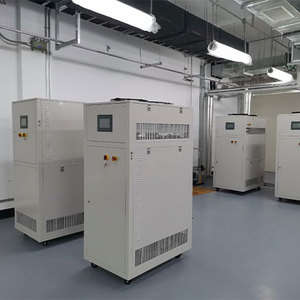







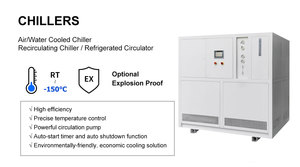






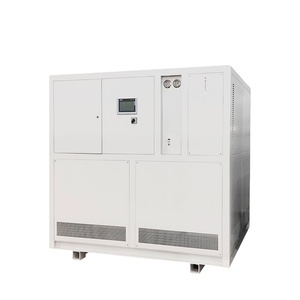





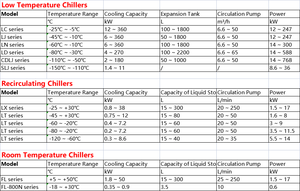
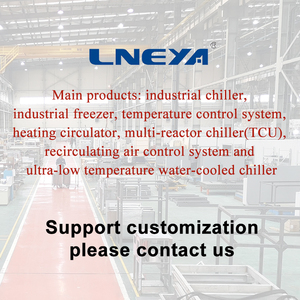

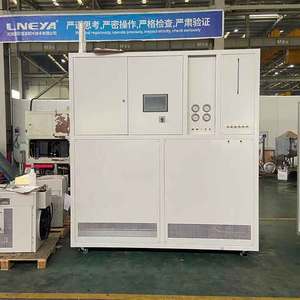














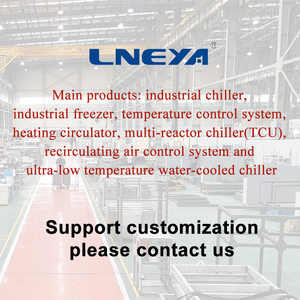


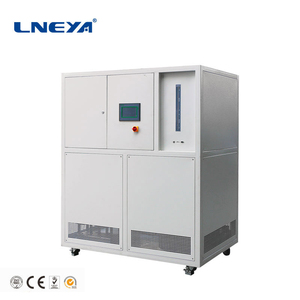

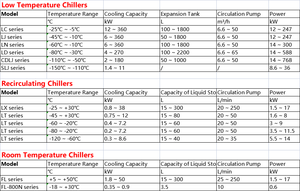



Market Overview: The global chiller market, particularly focusing on Lneya chillers, has witnessed a steady increase in demand, with the market growing from approximately USD 3.24 billion in 2023 to an estimated USD 3.31 billion in 2024. Projections indicate a continued upward trajectory, with a compound annual growth rate (CAGR) of 2.94%, potentially reaching USD 3.97 billion by 2030, according to 360iResearch. This growth is significantly influenced by the increasing adoption of energy-efficient cooling solutions across various sectors, including commercial and industrial applications. The Asia-Pacific region leads the market, driven by rapid industrial growth and a burgeoning agricultural sector, emphasizing the need for advanced cooling systems.
Industry Insights: The Lneya chiller market is characterized by heightened competition among major players striving to innovate and enhance their product offerings. Companies are investing in research and development to improve efficiency and reduce environmental impact, aligning with global sustainability trends. Additionally, consumer behavior is shifting towards preferring chillers that offer advanced features such as smart controls and enhanced energy efficiency. The distribution channels for Lneya chillers are also evolving, with an increasing preference for online platforms like Chovm.com, which facilitate easier access and comparison for buyers. As industries continue to prioritize operational efficiency and sustainability, the demand for Lneya chillers is expected to remain robust, presenting a significant opportunity for stakeholders in the market.
Lneya chillers are refrigerating machines that produce cool watery fluids through the vaporization of water by heat from the substance to be cooled. The following are the main categories of Lneya chillers.
Absorption chillers
As the name implies, an absorption chiller is a type of chiller that absorbs heat from a space that has to be cooled. In contrast to adsorption chillers, which use primarily silica gel as the adsorbent, all Lneya absorption chillers utilize water as the refrigerant and lithium bromide as the absorbent. Since the process of cooling entails absorbing heat, they are called absorption chillers. In an absorption chiller, heat is absorbed from the environment through which water is evaporated, and heat is released when water vapor condenses. The cycle of refrigeration is completed by this evaporation and condensation process. Primarily due to the fact that they do not use electricity as a power source for cooling, Lneya absorption chillers differ from Lneya water coolers in that they require a considerable amount of heat to operate.
Air-cooled chillers
An air cooled chiller removes heat from a process or equipment by rejecting the heat into the surrounding air using a refrigeration cycle. The heat is transported by refrigerant, which is in charge of exchanging heat with the air using a heat exchanger, specifically an air condenser coil. The refrigerant is cooled by the air that is blown over the coil by an electric fan. An air-cooled chiller is commonly used where cooling water isn't easily available and in small to medium-sized systems. It offers simplicity, decreased capital costs, and minimal operating expenses. Lneya air coolers can also use fans to achieve the desired cooling effect.
Water-cooled chillers
A water-cooled chiller, also known as a water cooler, removes heat from the refrigerant by circulating water through a heat exchanger known as a condenser. To complete the cooling process, the heated water is typically sent to a cooling tower for heat dissipation.
Water-cooled chillers are often more energy efficient than air-cooled chillers, making them more suitable for large-scale cooling needs. However, they require a constant supply of water and may need more complex systems like cooling towers to treat the water before it's recirculated.
Scroll chillers
In a scroll compressor for Lneya scroll chillers, higher pressure and temperature are produced by moving refrigerant gas from the suction side towards the discharge side using the circular motion of two spiral-shaped, flat pieces of metal that are wound around each other. The refrigerant is circulated and cooled as a consequence. The mechanical simplicity, quiet operation, and energy efficiency of scroll chillers, which are a specific variety of rotary compressors, are well known. The lack of sliding components leads to less friction, which enhances their longevity. The lower quantity of oil needed for lubrication makes scroll compressors more appropriate for low to medium capacity applications when compared to other compressor types.
Understanding specifications is crucial when deciding to purchase a chiller. Here are a few key factor pointers to look out for when analyzing a chiller's specifications:
Cooling Capacity
This is usually measured in kilowatts (kW) or British thermal units per hour (BTUh). A cooler with a massive capacity would be able to remove heat from a given process or space effectively. Conversely, if a chiller has a smaller capacity, it may lead to inadequate cooling.
Chiller Type
Different types of chillers are suited to varying applications and needs. For instance, an air-cooled chiller is great for commercial buildings but may not work optimally for industrial applications that require high cooling capacity.
Energy Efficiency
Typically, energy efficiency is expressed through the coefficient of performance (COP) or energy efficiency ratio (EER). A high EER or COP indicates a cooler that consumes less energy for a specific cooling capacity.
Operating Temperature
Each chiller has an optimal operating temperature range. Staying within this range ensures efficient cooling as well as proper functioning.
Refrigerant
A refrigerant is a fluid that absorbs heat from the environment through its phase change. Different types of refrigerants have several environmental impacts, efficiency levels, and regulatory considerations.
Maintaining the LNEYA chiller is crucial for ensuring its smooth operation and longevity. Here are some maintenance tips and procedures to ensure the LNEYA chiller remains functional and works optimally:
Regular Inspections
Inspection of the chiller system should be carried out consecutively to detect possible issues on time. Users should inspect the system for wear and tear, damage, or leaks. It is also important to check the refrigerant levels to avoid any form of leakage. This is crucial for both the performance and the environmental safety of the system.
Cleaning
Components like condensers, evaporators, and filters should be cleaned regularly. This helps to remove contaminants, debris, and dirt that may clog these important parts and reduce their ability to effectively perform their functions. A well-maintained cleaning schedule is crucial for keeping the chiller's thermal efficiency intact.
Lubrication
Some moving parts of the chiller require lubrication from time to time in order to keep moving smoothly and easily. Lubricating these moving parts helps to prevent any form of unexpected wear and tear and reduces the risk of any premature failures.
The application of LNEYA chillers in various industries highlights their essential role in promoting product quality and ensuring operational efficacy.
Food and Beverage Industry
The food and beverage industry often uses air cold drink chillers, glycol chillers, and other types of chillers to cool, refrigerate, and preserve raw materials and finished products.
Industrial Manufacturing
In industrial manufacturing, such as the plastic, metal processing, and mechanical manufacturing, there is a need for coolant or glycol chillers to control the working temperature and improve product quality.
Chemical Industry
The chemical industry also relies on LNEYA chillers. Chemical production processes, such as polymerization, fermentation, and crystallization, require precise temperature control, and LNEYA chillers can provide a stable cooling environment.
Laser Equipment
Laser cutting machines, laser engraving machines, and other laser equipment require LNEYA chillers to cool the laser tube and other components. This helps maintain stable laser output and prevent overheating.
Printing and Coating
In the printing and coating industry, chillers can be used for processes like ink and coating material cooling, rollers cooling, and printed product curing. These processes help improve the stability and quality of printed products.
Textile and Dyeing Industry
Dyeing, finishing, and related processes in the textile and dyeing industry require chillers for cooling and temperature control. These help improve the quality and stability of textile products.
Plastics Industry
Plastics production processes, such as injection molding, extrusion molding, and blow molding, use LNEYA chillers for mold cooling, material temperature control, and product shaping. These processes aid in enhancing the dimensional stability and mechanical properties of plastic products.
When selecting a refrigerating machine, it is essential to match the specifications of the machine to be cooled with the optimal capacity of the chiller.
Determine the heat load in the machine to be cooled first. This includes heat from warm ambient air, internal heat from equipment and processes within the space, solar heat gain through windows, heat conducted through insulated walls and roofs, and occupancy heat from body warmth and activity. Use precise measurement and calculation methods to ensure an accurate determination of the total heat load in BTUs per hour.
Next, determine the cooling capacity of the Lneya chillers under consideration. Cooling capacities are typically measured in tons, where one ton equals 12,000 BTUs per hour. Compare the total heat load determined in the previous step to the cooling capacity of the Lneya chiller being considered. Make sure the chiller's capacity exceeds the heat load but without over-sizing it by more than 10 to 20 percent to avoid higher operating costs.
Additional factors to consider include the type of refrigerant used, the efficiency rating of the chiller (look for the EER or SEER rating), the durability and reliability of the chiller, any remote monitoring capabilities it may have, and its compatibility with existing HVAC components such as air handlers and ductwork.
Q1: What gases are used in chillers?
A1: The gas used in a chiller depends on the type. Specifically, absorption chillers use heat sources like natural gas or steam, while vapor compression uses refrigerant gases like R-134a.
Q2: What is the lifespan of a chiller?
A2: A well-maintained chiller can last 15 to 20 years on the low side.
Q3: What temperature should a chiller be set at?
A3: Generally, a chiller should be set to cool at temperatures ranging from 45° to 50°F.
Q4: Can chillers be repaired?
A4: Yes, if the damage or problem is not severe, the chiller can be serviced and repaired.